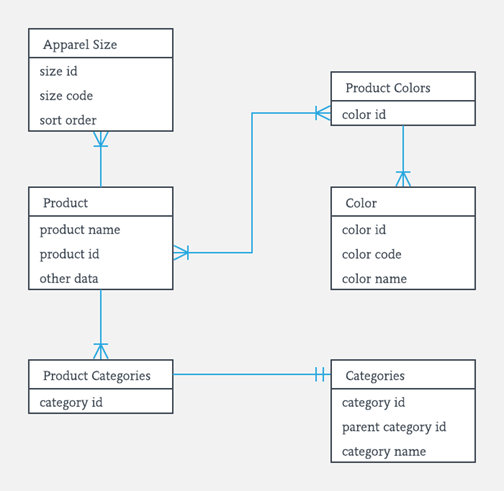Past Tense
We know about the three types of tenses that are used in English Grammar namely Past Tense, Present Tense and Future Tense. Each of these tenses is actually verbs that are used to indicate the occurrence of an event or action at a particular time. Today, let us learn and understand more about the Past Tense and its different types.Simple Past Tense
The simple past tense is used to indicate or describe something that happened or existed in the past. The situations or conditions to use a simple past tense is to:
- describe an action, event or condition that occurred in the past or at a specified time
- refer or describe an action that has been completed and there is no time mentioned.
- describe an action or occurrence of an event that is done repeatedly and regularly.
- describe a state of mind in the past or a feeling that was felt in the past.
- refer to someone who has died
- describe events that have occurred in quick succession in the past.
Formulating the Simple Past Tense Verb
To formulate the simple past tense verb, we add ‘- ed’. For verbs ending in ‘e’, we add ‘-d’ and. However, there are some simple past tense verbs such as cut, put, set etc which remain the same in the present and past tense.
Examples are,
- He worked at the Cheesecake Factory.
- I often brought my lunch to school.
- Learn about Simple Present Tense and Simple Future Tense
Past Continuous Tense
Past continuous tense is used to indicate an ongoing event in the past. Other conditions where past continuous tense is used are:
- To show that someone is in the middle of an action. Example: I was calling him when he came home.
- Is used to describe an action taking place when another occurred. Example: While they were painting the door, I was painting the windows.
- For an action that was taking place in the past when an interrupted action happened. Example: While he was working on his laptop, he fell asleep
The past continuous tense is formed using the past tense of the verb to be(was/were) and the present participle verbs ending in -‘ing’. These two tenses can be used together to indicate that an action happened while another was in progress.
Past Perfect Tense
The past perfect tense in a sentence or conversation describes an event that happened in the past before another event in the simple past tense was completed in the past. The situations where a Past Perfect Tense is used are to:
- indicate an event that has occurred and been completed in the past. Example: Meenu had borrowed money from the bank to buy her new car.
- describe an event or action which happened before a definite time in the past. Example: We had cleaned up the terrace before the watchman arrived.
- describe an action that happened in the past before another action took place. Example: We had reached their house after the dinner was over.
- Past Perfect Tense is also used to describe a state. Example: Their wives had become good friends at the wedding. A very important use of the Past Perfect Tense is that it is used to clarify which event happened earlier when two actions were completed in the past. Example: I had read those books that you bought for me.
Formulating the Past Perfect Tense
The past perfect tense is formed with the past tense of the auxiliary verb have i.e which is had and the past participle of the main verb.
Past Perfect Continuous Tense
This tense is used to describe actions that were going on in the past up until another action in the past happened. They are often used in the following situations:
- For an action that has occurred over a period of time having begun in the past.
- To describe an action which started and finished in the past before another past action.
- It is also regularly used in the reported speech where the present perfect continuous tense becomes past perfect continuous tense.
- Unlike the past continuous and past perfect tenses, past perfect continuous tense is not used to indicate state, state of mind or feelings.
- I had been studying.
- It had been raining hard for several hours and the streets got flooded.
- If it had not been raining, we would have gone to the park.
- Learn more about Present Perfect Continous Tense and Future Perfect Continous Tense
Formulating the Past Perfect Continuous Tense
This tense is formed with the past perfect tense of the verb ‘to be’, which is ‘had been’ and the present participle of the verb i.e ‘-ing’.















